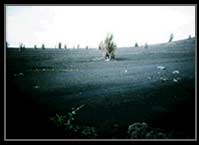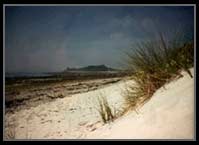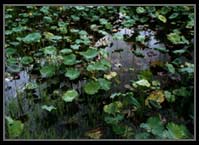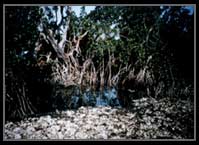Biosphere Contents
5. Development
A sere is a plant community that exists as one of a sequence of communities on the same site, as this site develops through time
The succession at any particular site will progress as a sequence of seres. Development on land previously unaffected by vegetation is known as primary succession. More commonly, following disturbance in which not all traces of vegetation have been destroyed, the seral development that takes place is known as secondary succession. The course of any development will depend on local conditions, giving way to the major types of sere development. (i) Xeroseres develop in dry areas. If the substrate is rock, such as on a scree, then it is known as a Lithosere, and if it is sand dunes, then the development is known as a psammosere. (ii) Hydroseres develop on wet ground, such as lake margins. If the water is saline (as in an estuary) the sequence is known as a halosere.

|

|
| Xerosere development, sugar cane | Psammosere development, marram grass |

|

|
| Waterbased seres: Hydrosere development, water lillies | Waterbased seres: Halosere development, mangrove swamp |
During succession, changing conditions lead to changes in the vegetation community. This may occur as a result of the presence of the vegetation itself (autogenic succession) or due to external factors (allogenic succession). Given a long enough time period then both causes of succession are likely to have been present during seral development.
What is a sere?